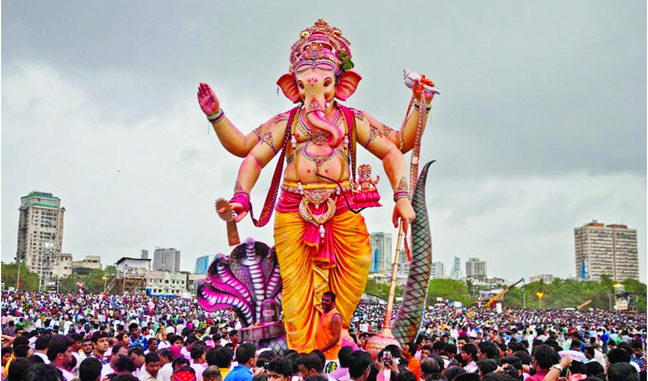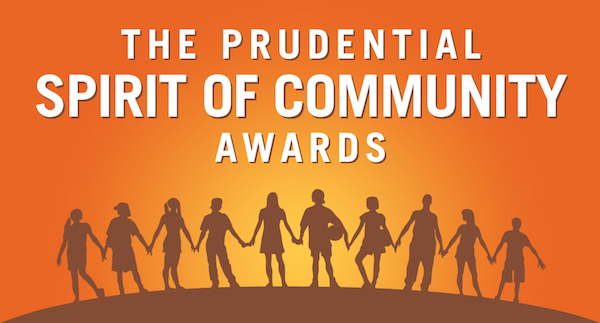
This year, the month of September marks one of the most auspicious festivals for Hindus – Ganesh Chaturthi. The celebrations for the 10-day festival will begin from September 10 this year. It will be marked with much pomp and fervour in Maharashtra, Karnataka, Gujarat, Odisha, Goa, West Bengal, Chhattisgarh, and Uttar Pradesh. The festival will come to an end on September 21.
To celebrate Ganesh Chaturthi, also known as Vinayaka Chaturthi, devotees bring home idols of Lord Ganesh to worship the deity, eat good food, enjoy with friends and family, and in the end, immerse the idols. Additionally, temples offer prayers and distribute sweets such as modaks because it is Lord Ganesh’s favourite. The festival marks the birth of Lord Ganesh, the god of wisdom and prosperity. It falls in the Bhadrapada month of the Hindu calendar, which falls in August-September.
Lord Ganesh is considered a symbol of wisdom, writing, travel, commerce and good fortune. He is also called Gajanana, Gajadanta, and Vighnaharta. These are few names among his 108 other titles.
The Indian mythology tells the legend of Goddess Parvati creating baby Lord Ganesh using sandalwood paste and asking him to guard the entrance while she took a bath. When Lord Shiva arrived at the entrance and told Ganesh that he wanted to visit Goddess Parvati, Ganesh refused to allow him to pass through. This made Lord Shiva angry and enraged he severed the child’s head. When Goddess Parvati realised what had happened, she was heartbroken.
Seeing Goddess Parvati overwhelmed with grief, Lord Shiva promised to bring baby Ganesh back to life. He instructed his followers to search for the head of the first living creature they could find. However, they could only find a baby elephant’s head. That is how Lord Ganesha came back to life with the head of an elephant.
Puja Timings
This year the tithi for the Chaturthi will last from 12:17 am to 10 pm on September 10. The timing for Puja vidhi will begin from 11:03 am and will last till 1:33 pm. Devotees pray to Lord Ganesh on this day, as it is believed that worshipping him removes obstacles from one’s life and brings peace.
Anant Chaturdashi
Anant Chaturdashi is the day devotees bid farewell to Lord Ganesh by immersing the diety’s idols in the local water bodies and asking him to return next year. These are the idols that people keep inside their homes for the 10-day Mahotsav. The celebrations marking the festival’s conclusion include playing devotional songs and dancing to their beats during processions.
PUJA VIDHI
It is believed that worshiping lord Ganesh duly helps in resolving all the problems. Lord Ganesh’s Idol, Water pot, ‘Panchamrit’, red cloth, ‘roli’, ‘Akshat’, ‘Kalava janeoo’, cardamom, coconut, ‘Chandi ka vark’, ‘supari’, ‘laung’, panchmeva’, ‘ghee kapur’, ‘chaukee’ and ‘gangajal’ need to collected for completing the worshipping.
As much as people love welcoming Lord Ganesh to their house every year, it also makes them sad when he leaves. But both his welcome and his farewell are done with the same amount of devotion in the heart. Lord Ganesh is very commonly referred as ‘Vighnaharta’ which means the one who removes all obstacles.
During this 10-day duration of Ganesh Chaturthi, there are 16 rituals performed. Among them we can broadly classify them as 4 key rituals:
AVAHANA AND PRAN PRATISHTHA
This is the maiden step after devotees do ‘Deep-Prajwalan’ and ‘Sankalpa’. With mantra recitation, Lord Ganesha is reverentially invited and life is invoked in the idol placed in the pandal or temple or at home. It’s a ritual to consecrate the ‘murti’ or statue.
SHODASHOPACHARA
Next step involves the tradition of 16-step puja wherein ‘shodasha’ means 16 and upachara means ‘devoutly offering the lord’, in Sanskrit.
Having washed Ganesha’s feet, the idol is bathed in milk, ghee, honey, curd, sugar (panchamrit snan) followed by scented oil and then ganga jal. Then new vastra/clothes are offered (vastra, uttariya samarpan); along with flowers, unbroken rice (Akshata), garland, sindoor, and chandan. The idol is decked and worshipped religiously by offering modak, betel leaves, coconut (naivedya) lighting incense sticks, diyas, chanting hymns, mantras.
UTTARPUJA
This ritual is performed before visarjan. With great joy and devotion, people of all age groups participate in the festival. Be it in pandals, temples or homes, Ganesha Chaturthi is observed with immense happiness. People sing, dance, and light up fireworks. With the beautiful chant of mantras, aarti, flowers, Ganesha is worshipped to bid farewell. The sequence of steps involved are Niranjan aarti, Pushpanjali arpan, Pradakshina.
GANPATI VISARJAN
This is the final closing ritual of the grand festival. Ganesha idol is reverentially immersed in the water bodies wishing for the Lord of wisdom to return next year. People cry out loud “Ganapati Bappa Morya, Purchya Varshi Laukariya” while they head for immersion.





Be the first to comment